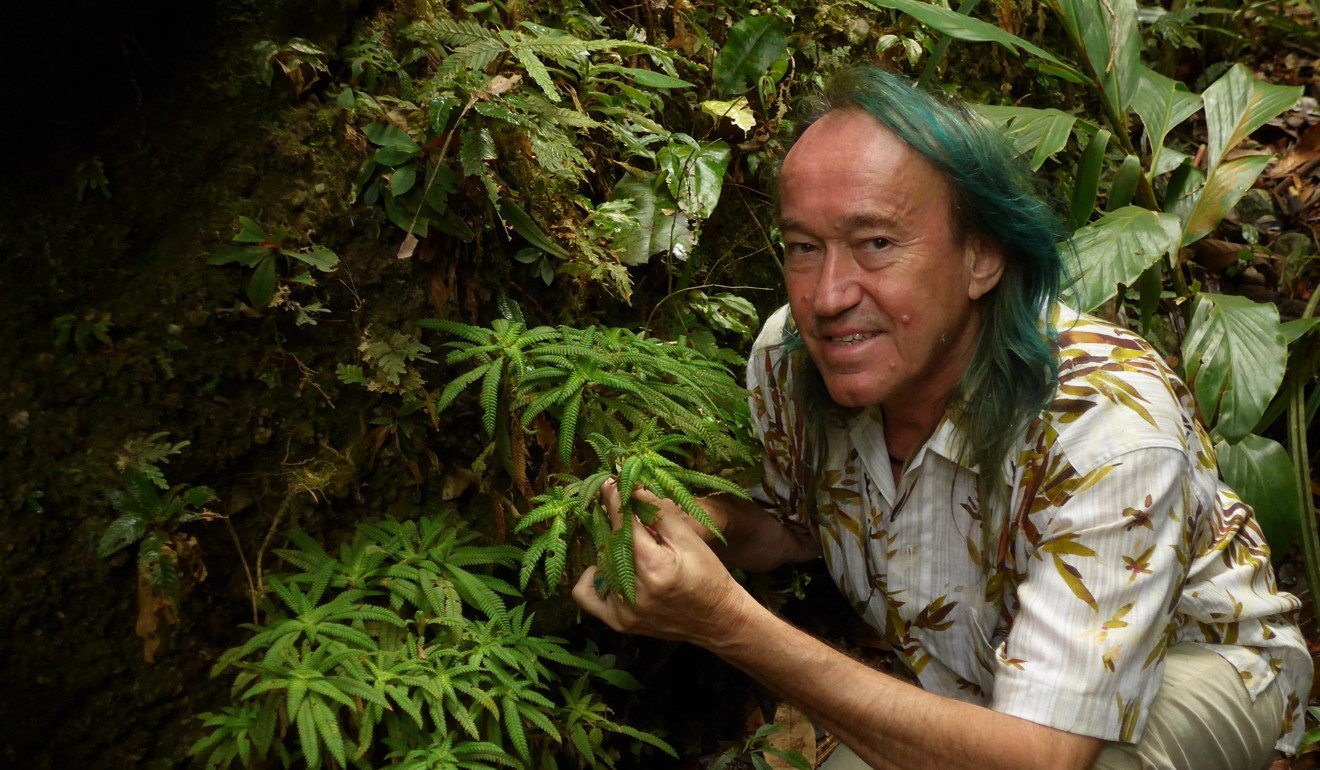Patrick Blanc: The Pioneer of Living Walls
A vertical garden brings nature into a building, and the feature is a definite design trend.
South China Morning Post talks to venerable botanist Patrick Blanc about his marvellous creations.
patrick blanc, a revered botanist
|
Botanist Patrick Blanc has many babies. Several are in Hong Kong – and one might just be his favourite child. When Blanc arrives in the city for Knowledge Of Design Week (June 11-15) he will be checking on it. “I always stay at Hotel ICON and look at my vertical garden. I say, ‘This is OK’, or ‘You should cut this a little bit’. It’s my growing baby,” he says.
The living wall at Tsim Sha Tsui’s Hotel ICON extends across the lobby and features a soothing, swirling mass of more than 70 plant species. Blanc will be assessing its progress and extending it outdoors.
Blanc has been crafting vertical gardens for 40 years. “Compared to what I was doing in the 1980s, I travel more and my evolution concerns mostly the choice of plant species. Also, I make more designs, so it’s not simply vertical gardens, but artistic creations."
Blanc takes on projects in challenging climates. He is currently working alongside regular collaborator, French architect Jean Nouvel on the West Sea Art Bay in Qingdao, China, a contemporary art space whose gardens will have to withstand the region’s freezing winters.
Blanc’s gardens on the roof of the KAFD Conference Centre in Riyadh, Saudi Arabia must survive temperatures up to 52 degrees Celsius. “Since I know quite well the growth of plants, I know which species I can use in each special situation,” says Blanc.
He will soon be gardening the five large metallic columns outside Dragon-i in Hong Kong. Recent projects include vertical gardens in The Emperor Hotel in Wan Chai and The Work Project, a co-working space in Causeway Bay.
“When I began this 40 years ago, I was the only one in the world. And up to 15 years ago, I was still the only one. Now everybody is creating living walls and vertical gardens,” says Blanc. “It’s impossible to see a new architectural project without one.”
Blanc would be fine with this if the gardens were good quality, but he estimates that up to 80 per cent of the world’s vertical gardens are doomed to fail just a few years after conception. “The problem is that everybody is about greenwashing. They are not interested in really creating a space of nature inside the city.” The developers also often lack plant knowledge, something that cannot be said of Blanc. |
Blanc’s vertical gardens speak to a long-held interest in plants that began when he was a teenager. He had read in a magazine that putting plants above an aquarium with their roots submerged could act as a natural filter. He tried it and it worked.
As the plants thrived, Blanc began to think less about the fish and more about the plants. If plants could flourish without soil, they didn’t need to be planted in the ground. “What was just the biological filter of a teenager is now a new way to cover the walls of the cities of the world,” he says.
Since then, Blanc has lived and breathed plants, evidenced in part by his green-streaked hair and his shirts, which often reflect the contents of his vertical gardens.
It’s not easy being green. Blanc works tirelessly and travels six months of the year. But his travels fuel his creativity and passion. Speaking on the phone from his home of Paris, he has recently returned from Java, Indonesia.
“I wanted to see if in Java there still remained some interesting plants in protected areas. And I was very happy because I found many. I think it’s optimistic for the future of the Earth because even in overpopulated areas we can still find protected places where plants are growing.”
Observing plants in their native habitats and studying their characteristics has allowed Blanc to incorporate a greater variety of species into his gardens. “We have to use more plant species because when you make a vertical garden with only five species, it’s not a vertical garden. When you use 100 or 200 different species you have a natural ecosystem – you have plants that will take some minerals, other plants that will take other minerals – you have equilibrium. That’s why I always use many species, not only for the aesthetic effect, but for easy long-term maintenance.”
In the future, Blanc believes there will be fewer living walls but those that survive will be better, delivering the air purification, noise insulation and temperature-control characteristics.
Physchoiogically, I think it is very important to have the feelings of a piece of nature close to you. I also think that it is important for people, especially young people to see that nature can grow together with human beings and not in opposition," says Blanc |
To read the full article written by Rachel Duffell for South China Morning Post, please click here.

